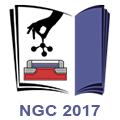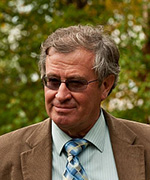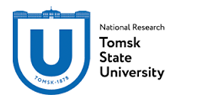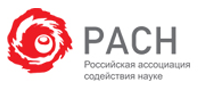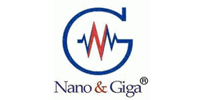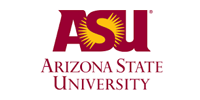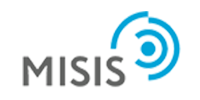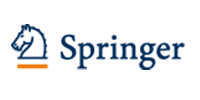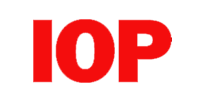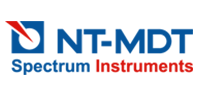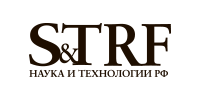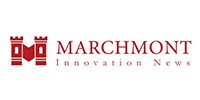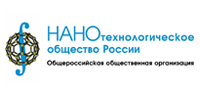Nano and Giga Challenges in Electronics, Photonics and Renewable Energy
Current Trends in Radiophysics
Symposium and Summer School (Tutorial Lectures)
Tomsk, Russia, September 18-22, 2017
nanoandgiga.com/ngc2017 and apr.tsu.ru
Commentary Anatoli Korkin
The Story of the Nano and Giga Forums
To read Korkin's commentary in Russian published in STRF.RU click here
The idea of the first “Nano and Giga Forum” conference originated from a plan to review the R&D projects that Motorola had in Russia. Since bringing several managers from the United States to Russia was reasonably expensive, it was decided to expand the review to other electronics research groups located in Russia. The next step was to open the review site to other potential international participants from academia and industry. Motorola sent out press releases about the conference in the US and Russia, which created a snowball effect, resulting in an interdisciplinary international conference: Nano and Giga Challenges in Microelectronics (NGCM2002). Starting from the first meeting, all future conferences have taken place over the course of five days; the first two days consisting of tutorial lectures (a school) and the next three days consisting of several symposia, with plenary sessions in the mornings and parallel sessions in the afternoons. It became traditional for tutorial books and selected peer reviewed papers introduced during the conference to be published in special issues of international journals.
Unfortunately, the downfall of Motorola started shortly after the conference, and many Motorolans – myself included – became “ex-Motorolans”. I decided to make the “Nano and Giga Forums” one of the activities of my newly formed company – Nano and Giga Solutions. With the support of my old friend Jan Labanowski, the second conference (NGCM2004) was held in the beautiful Polish city Cracow, hosted by one of Europe’s oldest universities – Jagiellonian University. At the meeting, some people noticed that the combination of “nano” and “micro” in the conference title is a kind of an oxymoron. Since many of the talks presented at NGCM2004 focused on optical devices, we decided to add “photonics” to the title, but to shorten the acronym.
The third conference, entitled Nano and Giga Challenges in Electronics and Photonics (NGC2007), was hosted by Arizona State University (ASU). When I initially approached the staff at ASU with the idea of hosting my conference, many people did not think that the high-tech meetings initiated in Russia and Eastern Europe could be successful in the US. “Who would come to your conference?” was a typical question; there was serious doubt that many leading experts would come. As a result of taking on this “giga challenge” we had a conference attended by two Nobel Laureates, the minister from Toronto province in Canada, the governor of Arizona Janet Napolitano and many world-class experts from leading universities and international companies. We also received great support from many sponsors, including a grant from the National Science Foundation. In addition to the symposia and tutorial lectures, this third conference added business programs and an exhibition to the program.
The fourth “Nano and Giga Forum” (NGC2009) was hosted by McMaster University, located in Hamilton, Ontario, Canada. The high price of mineral oil at the time had increased motivation and support for photovoltaic research based on the same materials and same types of devices (p-n-junctions) that had been the subject of many years of research in electronics. At the same time, the need for storage of energy produced by solar panels inspired additional efforts in battery research. Following these trends in the semiconductor research community, we added renewable energy to the title of our 4th conference. NGC2009 was held as a joint meeting with the 14th Canadian Semiconductor Technology Conference (CSTC2009). Since the CSTC traditionally features many oral presentations from junior researchers, postdocs and graduate students, we introduced a new element to our program: discovery sessions, where young scientists have more room to practice oral talks at an international forum alongside renowned experts.
The fifth conference was held in Russia for the second time, sponsored by the Russian maker of nanotechnology analytical instruments, NT-MDT, and hosted by Lomonosov Moscow University. The last day sessions were held in Zelenograd, home of NT-MDT’s headquarters. The city was also known as the Soviet/Russian Silicon Valley, although this unofficial title is also used for Skolkovo, the Russian innovation hub. Marchmont Capital Partners, an Internet media company that publishes news in technology and innovations, organized the innovation workshop at the NGC2011 conference.
Our sixth conference (NGC2014) was held for the second time at the Arizona State University and hosted 144 invited speakers, displaying the growing international recognition of our series of meetings. To showcase the outstanding analytical research toolset used at ASU, a Nanotechnology Instrumentation workshop was included in the NGC2014 program. Traditionally, many Russian-speaking scientists working and living abroad have attended our series of conferences. The NGC2014 conference hosted a satellite forum in collaboration between Russian-speaking scientists abroad and RuSciTech – the association of Russian-speaking science and technology professionals.
Our next, seventh conference (NGC2017) will be held in Tomsk, Russia and hosted by the National Research Tomsk State University as a joint meeting with the seventh conference on Current Trends in Radiophysics (CTRP2017) indicating 15 years history of “Nano and Giga Forums”. Expanding on the mainframe of the conference, three workshops have been added to the schedule: Technology Innovation, Digital Design, and Computational Materials and Device Design. All of us look forward to an exciting and productive conference!
